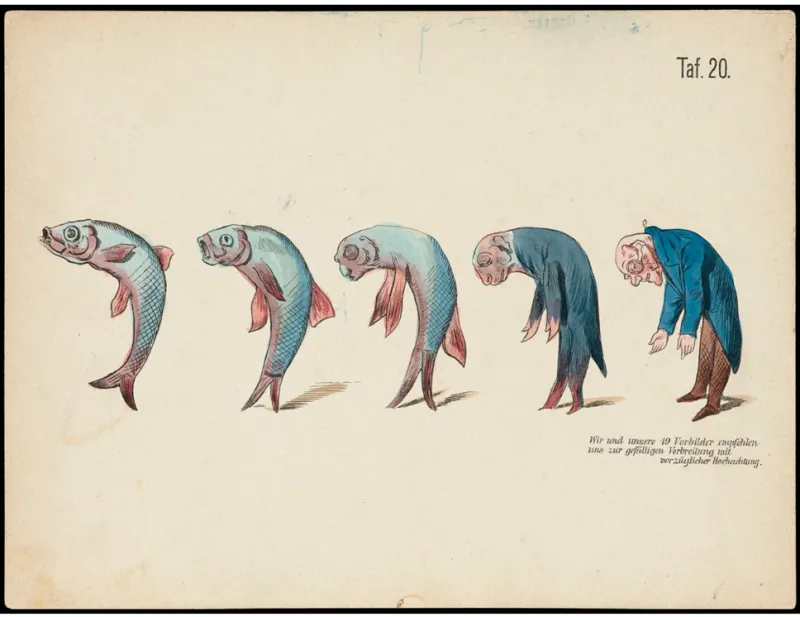
An extension of postembryonic growth, in an absolute sense, is the regulation of aging and longevity. The onset of aging has been linked to life history strategies, and integrated with developmental signals. But the control vs correlation of this process remains hotly debated. We use the zebrafish as an early vertebrate model for aging. Zebrafish exhibit progressive decline of function and physiology that is similar to other vertebrates. The accessibility of zebrafish to genetic manipulation and analysis of tissue/cellular function in real time, makes the zebrafish an important model to address the regulation of aging and longevity. Importantly, more than verifying known actors in driving aging phenotypes, the zebrafish provides a means to do exploratory work with forward genetics to identify novel regulators of aging.
We also leverage evolutionary variation in lifespan as a nature experiment in which to uncover regulation of aging and longevity. Understanding how evolution has come up with unique solutions for lifespan regulation with negligible aging provides important windows into how we might mitigate the effects of aging-related diseases. Our current work focuses on gene discovery using this model.